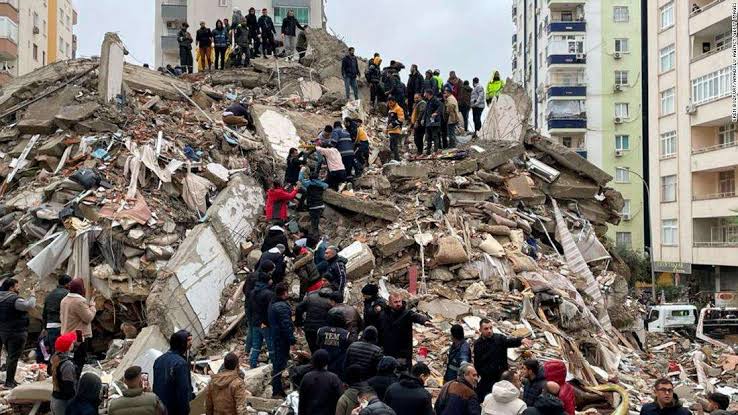On September 9, 2024, Wisconsin was struck by a devastating earthquake, an event unprecedented in the state’s history. The quake, registering a magnitude of 7.2, shook the region with unprecedented force, causing widespread destruction and significant loss of life. Cities like Milwaukee, Madison, and Green Bay bore the brunt of the tremors, with infrastructure crumbling and buildings reduced to rubble.
The initial shockwave was followed by a series of aftershocks, exacerbating the damage and complicating rescue efforts. Hospitals and emergency services were immediately overwhelmed as they tried to respond to the influx of casualties. Many residents found themselves trapped under debris, and the rescue teams faced a daunting task of locating and assisting survivors amid the chaos.
The earthquake inflicted severe damage on homes, businesses, and public infrastructure. Roads and bridges were cracked or collapsed, hampering evacuation and relief efforts. Historical landmarks and residential neighborhoods alike were ravaged, erasing years of cultural and personal history in mere moments. The economic impact was immediate and profound, with businesses disrupted, homes destroyed, and insurance claims soaring.
In response, state and federal agencies mobilized quickly to provide aid. Emergency shelters were set up, and relief supplies began to flow into the affected areas. Volunteers from across the country arrived to assist with recovery efforts, demonstrating solidarity and resilience in the face of adversity. Despite the overwhelming destruction, the community spirit and determination to rebuild remained strong.
The earthquake served as a stark reminder of nature’s unpredictable power and the need for preparedness and resilience. As Wisconsin begins the long process of recovery and reconstruction, the focus will be on rebuilding lives and infrastructure, while also assessing how to better prepare for such unprecedented events in the future.


